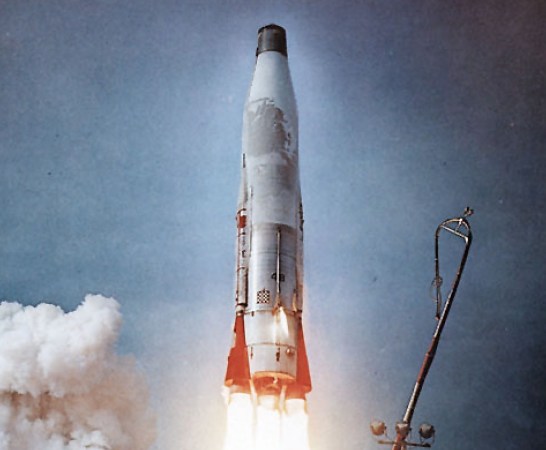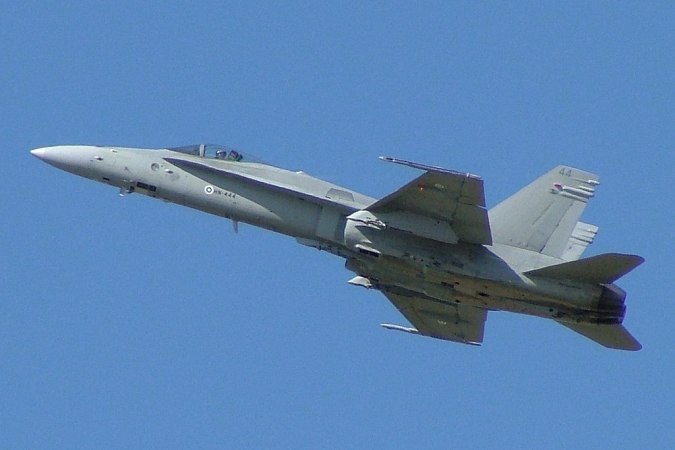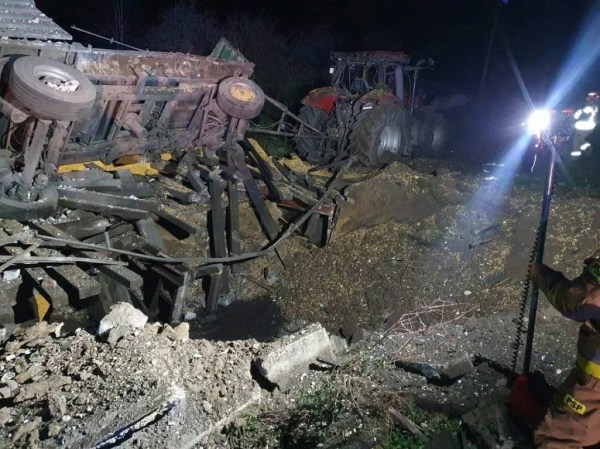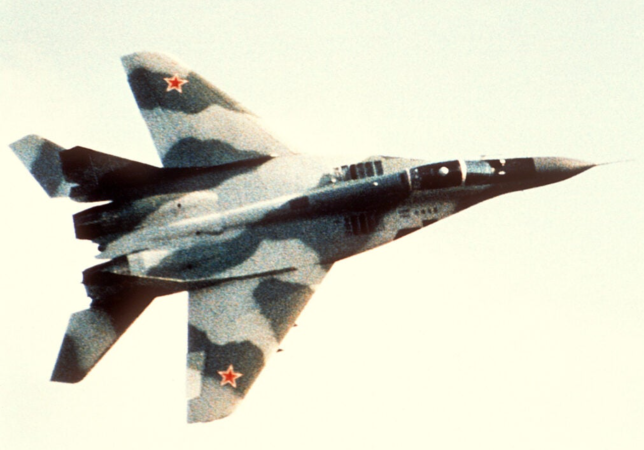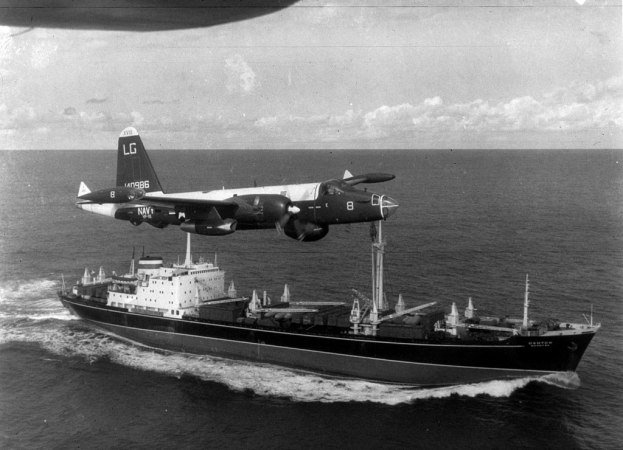
The NATO Alliance was originally established 68 years ago today. Political rhetoric notwithstanding, the modern alliance is currently fighting in Afghanistan while also facing down a resurgent Russia in Eastern Europe and figuring out how to stop ISIS at home and abroad. Here are 7 facts from its proud history:
1. NATO grew out of the more limited Treaty of Brussels of 1948
The Treaty of Brussels signed in 1948 established collective defense for Great Britain, France, Belgium, the Netherlands, and Luxembourg. The U.S. wanted a greater stake in Western European security and so began looking for a way to join an expanded version of the treaty.
2. The U.S. invited other countries into NATO to form a “bridge” across the Atlantic
America and the Brussels signatories largely agreed on the framework of what would become NATO, but one of the original sticking points was whether other countries would be allowed to join. America wanted to invite North Atlantic countries like Canada, Denmark, Iceland, Norway, Ireland, and Portugal as these countries would form a “bridge” across the Atlantic for deploying forces.
In the end, the Brussels Treaty countries, the U.S. and its above list of invitees, and Italy were founding members of NATO in 1949.

3. Both the Treaty of Brussels and the NATO Alliance were in response to Soviet aggression
After World War II, Stalin quickly began supporting pro-Soviet and pro-communist government in Eastern Europe. After a civil war in Greece, a coup in Czechoslovakia, and the Blockade of Berlin, Western European countries were increasingly worried about the USSR trying to topple their governments. They responded with the Treaty of Brussels and then the NATO treaty.
4. The NATO Alliance formed a “nuclear umbrella” over Europe
The first mention of a “massive retaliatory power” to any Soviet incursion was made by President Dwight D. Eisenhower in 1954. This established a “nuclear umbrella” over NATO, the possibility that the U.S. would respond to any attack with nuclear weapons, but it wasn’t an immediately credible threat.
It wasn’t until the development of nuclear weapons like nuclear-tipped, intercontinental ballistic missiles and the implementation of practices like Operation Chrome Dome that the U.S. could truly threaten Moscow with nukes on short notice.
5. NATO had a clear nemesis in the Warsaw Pact
The increased readiness of NATO in the mid-1950s and its expansion into new countries, especially West Germany in 1955, spurred the creation of the Warsaw Pact in 1955. The Warsaw Pact was a sort of Soviet NATO that existed between the USSR and seven Soviet-aligned countries in Europe.
6. NATO has a science program
The Soviet Union launched Sputnik in 1956 and the West realized it had to get serious about scientific development. This led not only to the establishment of the Advanced Research Projects Agency, (now the Defense Advanced Research Projects Agency) in the U.S. but also the NATO Science Programme.
Now known as the Science for Peace and Security Programme, it provides funding, expert advice, and other support to security-relevant science and research between NATO countries and partner countries.

7. A NATO training exercise nearly triggered a nuclear war
While the relationship between the Warsaw Pact and NATO was always strained, it reached a fever pitch on a few occasions. In addition to the Berlin Crisis of 1961 and the Cuban Missile Crisis, NATO military exercises in 1983 nearly triggered an actual war.
The annual war games were focused on command post operations, but the 1983 exercise included an unprecedented 19,000 troops flying in from the U.S. and jets carrying dummy nuclear warheads on simulated attack runs. The Soviets were worried that it was actually cover for an invasion and put their own troops on nuclear high alert.




